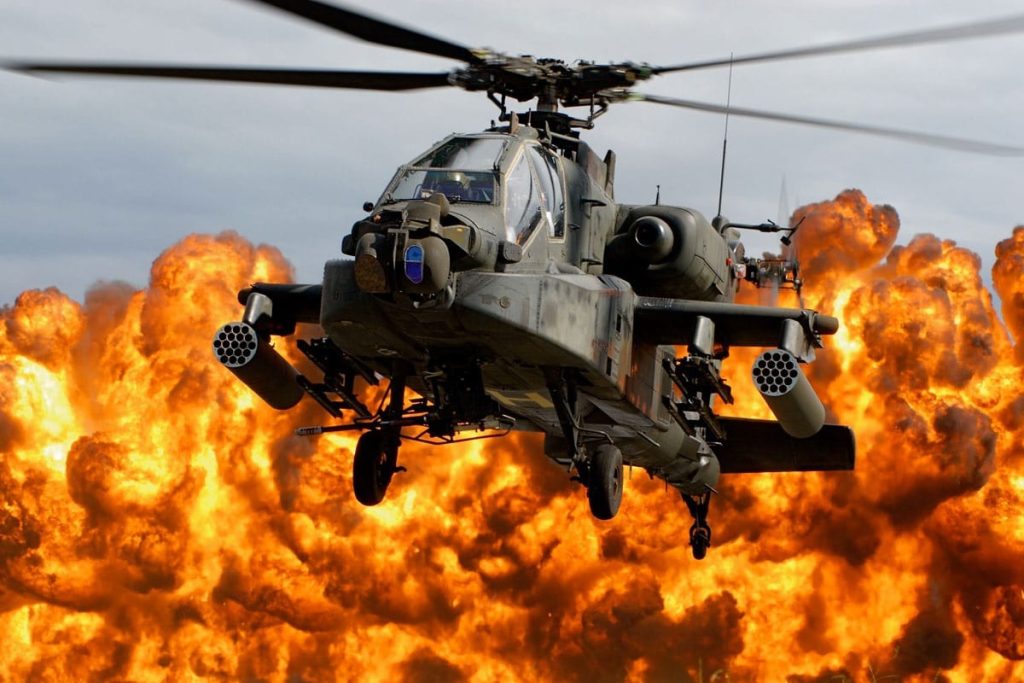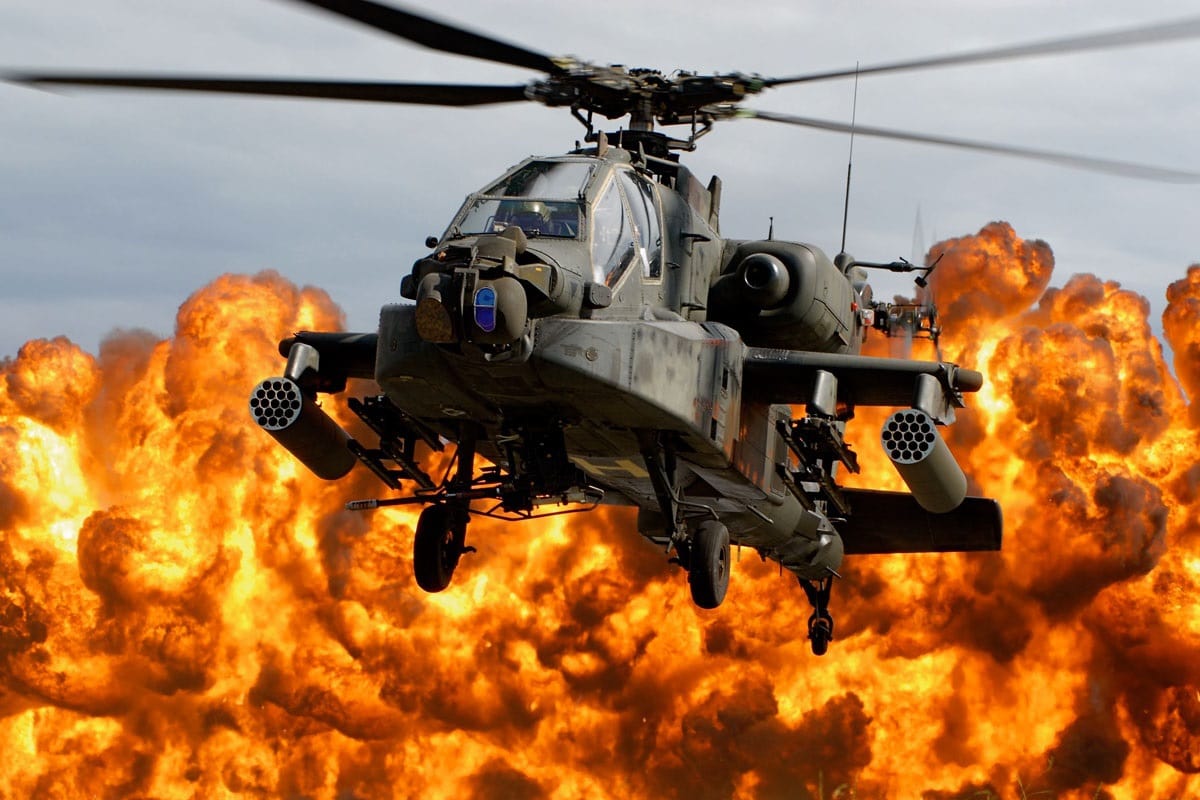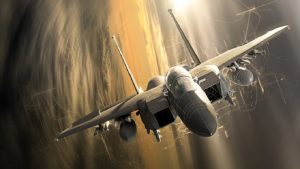In the 21st century, the Apache has served in Iraq and Afghanistan for two decades.

The Boeing AH-64 was named after the Apache tribe, a group of skilled horse riders who moved from place to place and lived on buffalo. The US Army relies on the AH-64, a high-tech assault helicopter with powerful weaponry.
The Apache’s main innovation is neither its appearance nor performance. (IHADSS) The Integrated Helmet and Display Sighting System (IHADSS), worn by the pilot and gunner, distinguished the Apache distinct from other helicopters. The IHADSS is a helmet with a monocle. The monocle tracks the wearer’s eye movements, allowing them to control the device with their eyes.
The IHADSS synchronizes the wearer’s eye movements to the AH-64’s M230 Chain Gun. The M230 moves or locks on a target when the wearer moves their eye. Target acquisition is as easy as looking through an eyepiece.
TADS, mounted on the Apache’s front, is crucial to IHADSS. TADS is a bulbous electro-optical sensor and laser target designator with thermographic and monochrome daylight television cameras.
Using IHADSS, TADS, and additional sensors, the Apache can operate day or night in adverse weather conditions. The Apache’s Pilot Night Vision System (PNVS) lets operators see in the dark, advantage opponents rarely have. The Apache uses GPS, passive infrared countermeasures, and the Ground Fire Acquisition System (GFAS). This two-sensor system uses a thermographic camera to find and target ground-based weapons fire in any light situation in a 120-degree field of vision. Due to its various sensors and devices, the Apache can simultaneously target 256 targets in a 31-mile radius.
Due to its multiple onboard systems, the Apache can execute Anti-Armor, Covering Force, and Escort missions. Irrespective of the mission profile, the Apache carries 1,200 30mm IHADSS-synchronised M230 Chain Gun rounds. Apaches can carry Hellfire missiles and Hydra 70mm rockets.
In 1986, the Apache joined the US Army in time for Operation Just Cause, the Panama invasion. The Apache’s first major test was Operation Desert Storm, the 1991 invasion of Iraq, which they started by raiding Iraq’s radar network at night on January 17, 1991. Despite logistical and mechanical challenges, the Apache killed 278 Iraqi tanks during Desert Storm. The Apache was regularly grounded and barely flew one-fifth of its projected flight hours.
In the 21st century, the Apache fought in Iraq and Afghanistan for two decades, and the Allies worldwide received Apaches. Israel, the Netherlands, Japan, the UK, and South Korea use the AH-64.






